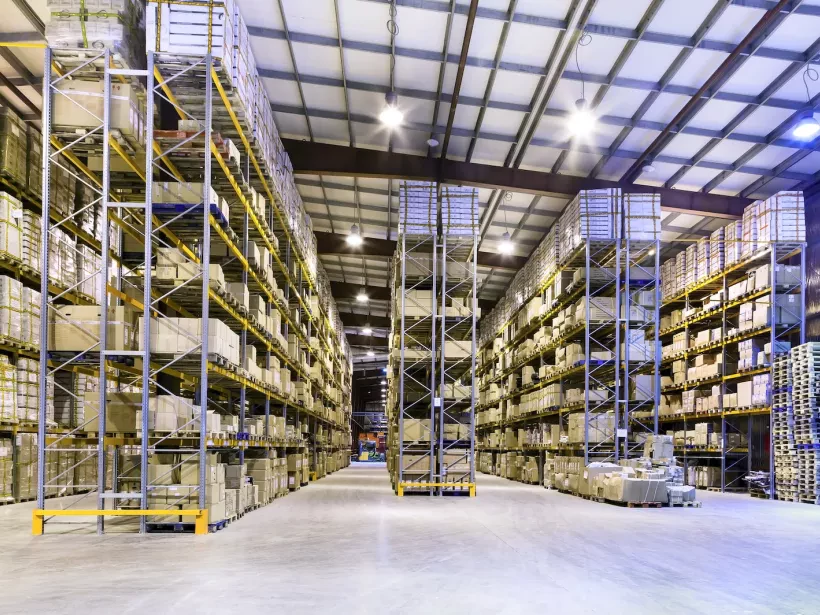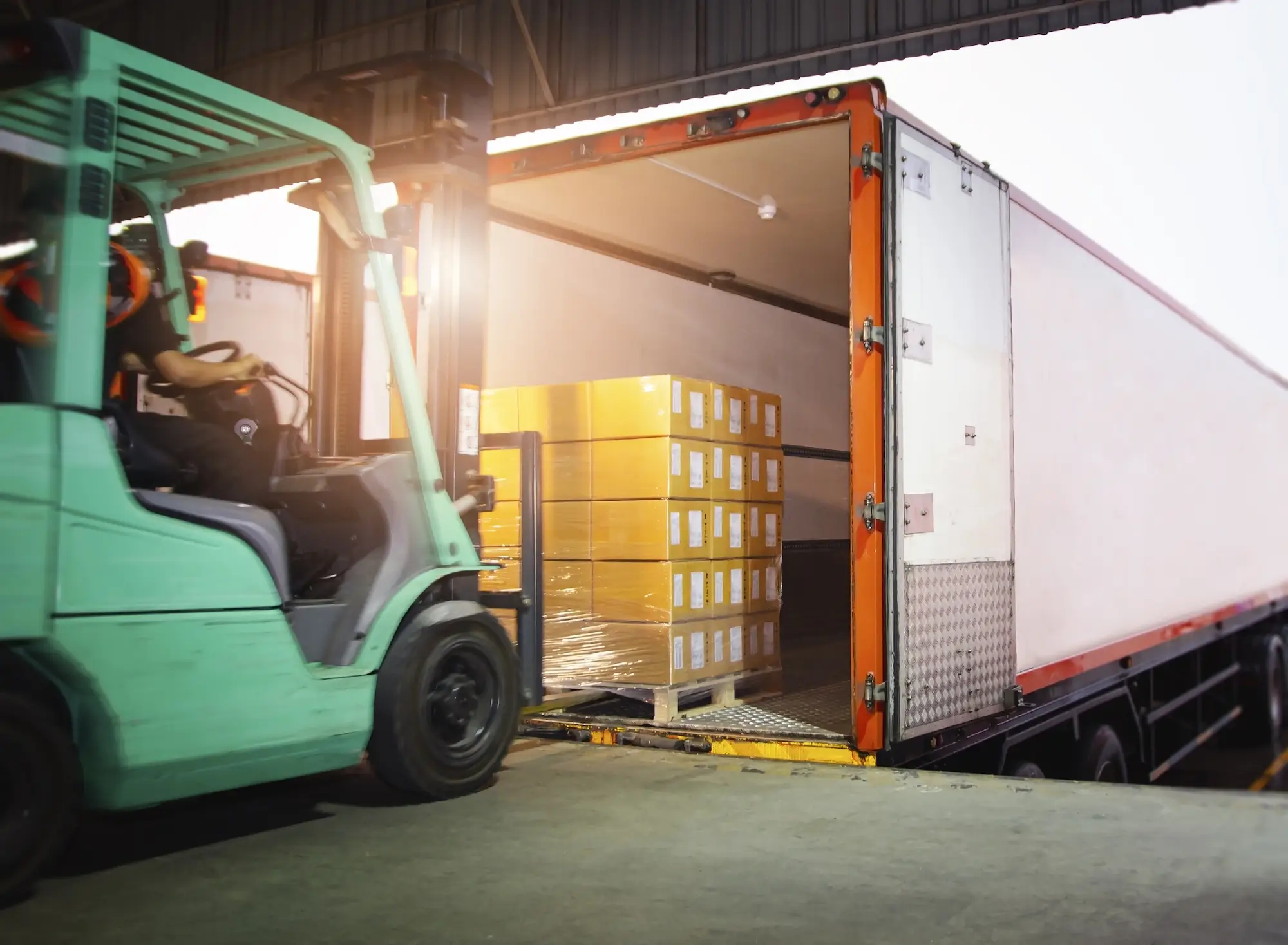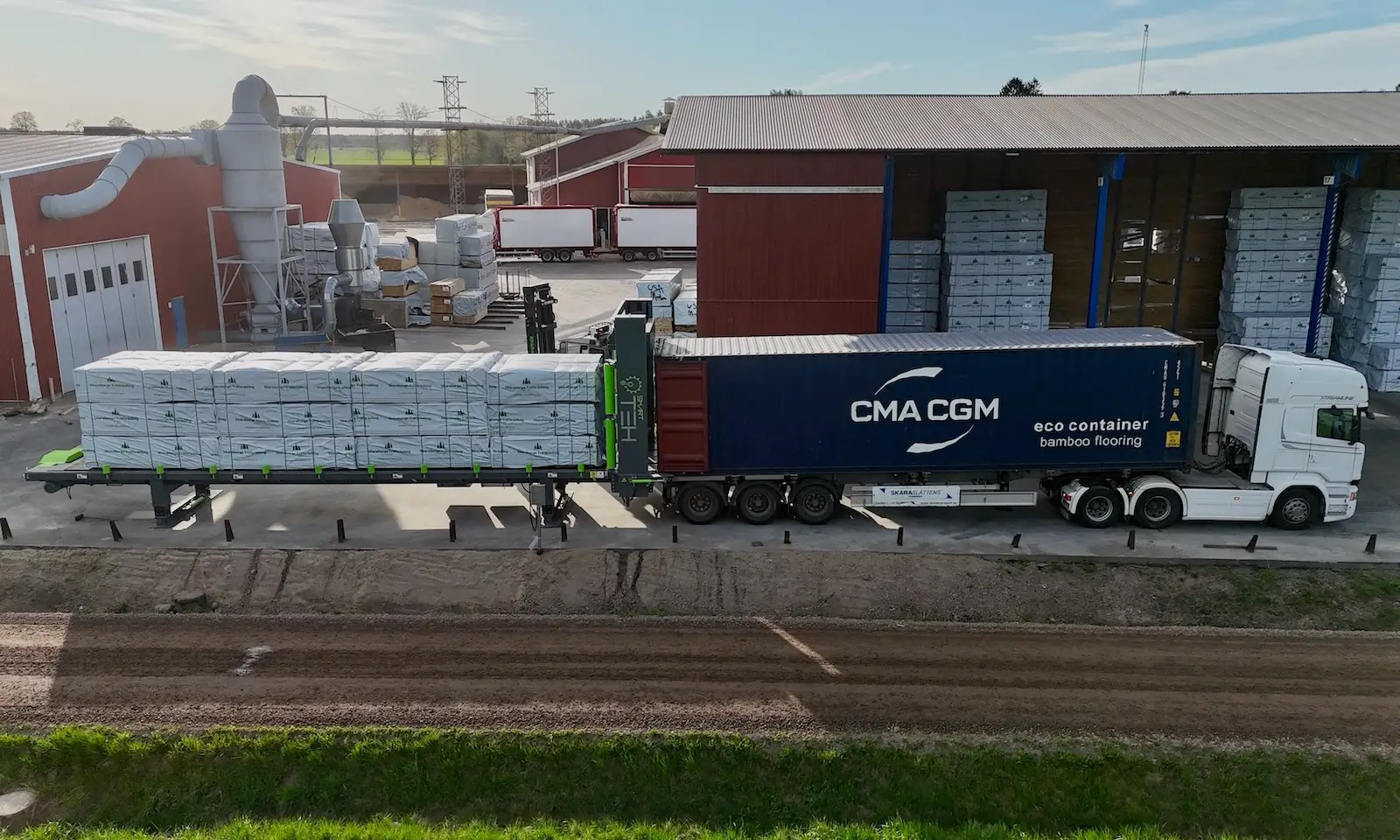
Logistics safety has come a long way, but loading, unloading, and material handling are still the most hazardous stages of the entire logistics process. A study by the European Chemical Transport Association (ECTA) found that a whopping 80% of transport-related incidents and accidents occur during loading and unloading operations.
And the main cause? Human error. Poor load planning, being inattentive, and using equipment incorrectly all contribute to workplace accidents that could've been avoided.
This is where automation comes in. By reducing manual handling and keeping workers away from high-risk areas, automation can significantly enhance workplace safety and overall workflow efficiency.
This article explores why safe handling matters and how automation is reshaping logistics safety for the better.
- Avoid human error: Most logistics accidents happen during loading and unloading. Automating these high-risk stages cuts down manual handling and incident rates.
- Use the right equipment: Automated loading equipment – from automated loading systems and robotic arms to telescopic conveyors and safety sensors – keeps workers safe and loading consistent.
- Improve both safety and performance: Automation not only keeps people safe but also speeds up turnaround times, reduces product damage, and lowers costs.
- Start small, scale smart: Introduce automation in one loading area, monitor the results, and then roll it out to other areas once you've seen the improvements.
- Build a safety-first culture: Technology works best when supported by training, communication, and leadership that prioritize safety at every level.
The hidden costs of unsafe loading and cargo handling
According to Eurostat, the transportation and storage sector accounts for 16.4% of all fatal accidents at work, second only to construction.
The cost of poor safety practices in the logistics industry goes far beyond just a single accident. It can set off a chain reaction – from injuries and vehicle accidents to delays, financial losses, and long-term damage to a company’s reputation.
Fatigue, poor safety planning, or a lack of thorough training can lead to slips, falls, and unsafe cargo handling. These accidents don’t just hurt logistics workers but also disrupt entire logistics operations and the wider supply chain.
Bad loading conditions can cause product damage, missed deliveries, or compliance issues if safety standards and regulations aren’t followed. And when hazardous materials are handled without proper training or personal protective equipment, the impact can extend far beyond the workplace – threatening both people and the environment.
The costs add up quickly:
- Operational downtime and missed deadlines
- Injury-related compensation and insurance claims
- Decreased employee morale and higher turnover
- Reduced customer satisfaction due to inconsistent service
It’s a safety concern and a business risk all rolled into one. Even one preventable incident can reduce operational efficiency, damage credibility, and strain relationships with partners.
That’s why top logistics companies are investing in regular maintenance, safety audits, and smart tech to mitigate risks. Reducing human involvement in high-risk tasks helps protect workers, minimize potential hazards, and ensure smoother operations from warehouse to final destination.
Common safety challenges in the logistics industry
The transport and logistics industry faces multiple safety challenges that impact workers and operations. Among the most common are:
- Manual handling injuries. Lifting, pushing, or moving heavy loads can cause strain injuries and long-term issues if you’re not managing them with safe practices.
- Handling hazardous materials. Working with chemicals, flammable goods, or other dangerous cargo requires strict adherence to safety procedures, regulations, and proper use of protective gear.
- Vehicle-related accidents. Collisions, tip-overs, and mishandling of forklifts or delivery vehicles remain a leading cause of workplace incidents. Forklift-related incidents globally account for approximately 25% of all warehouse injuries. In 2023, forklifts were the source of 67 work-related deaths in the US alone.
- Lack of thorough training or safety procedures. Even minor lapses in safety training or following safety practices can lead to non-compliance, operational disruptions, and other emergencies.

To tackle these challenges, logistics companies prioritizing safety rely on:
- Clear safety procedures, standards, and regular inspections
- Regular safety training for all employees
- Consistent monitoring for compliance with safety protocols
Despite these measures, mistakes still happen – and forward-thinking companies are responding by automating their processes.
By cutting the reliance on manual handling and automating loading operations, businesses can mitigate risks, implement safety initiatives, and create a safer, more reliable workplace.
How automation improves logistics safety and operational efficiency
In logistics, loading and unloading operations involve heavy loads, tight spaces, and constant time pressure – a combination that can easily lead to manual handling injuries and workplace accidents if not managed properly.
That’s why many logistics companies are turning to automated loading that boosts both speed and safety. Companies report drops of up to 90% in cargo damage and workplace injuries thanks to automated loading equipment.
- Automated loading systems: Fully automated dock-to-truck systems that load and unload pallets, bulk cargo, and other goods in minutes, minimizing manual handling.
- Conveyor-based loading systems: Automated belt or roller conveyors that transfer goods directly into trailers or containers, reducing forklift traffic and injury risk.
- Automated guided vehicles (AGVs): Driverless vehicles that transport pallets or goods between warehouse zones and loading bays safely and efficiently.
- Autonomous mobile robots (AMRs): Smart, sensor-driven robots that can move around dynamic environments to deliver goods to loading points with minimal human supervision.
- Robotic arms / gantry robots: For precision placement, stacking, or palletizing tasks, these robots eliminate repetitive strain and ensure the load is always stable.
- Automated palletizers and depalletizers: Stack and unstack goods with perfect alignment, reducing physical strain and preventing load imbalance.
- Telescopic belt conveyors: Extendable conveyors that reach deep into trailers or containers for safe, efficient loading and unloading without manual lifting.
- Automated dock levelers and vehicle restraints: Mechanized safety systems that stabilize trucks and docks during loading to prevent slips, falls, or vehicle movement.
- AI-assisted safety sensors and vision systems: Detect human presence, safety hazards, or obstructions in real time, automatically stopping operations to prevent accidents.
When you integrate automated loading with warehouse management systems and vehicle telematics, you get a whole safety ecosystem. It improves visibility across the supply chain and reduces physical interactions that often lead to accidents.
Safe logistics operations with automated loading solutions
Automation reduces direct human contact with heavy machinery and moving cargo – the root cause of most workplace injuries. Instead of several operators coordinating forklifts and manual loading, one well-trained worker can handle the process safely from a control panel.
Key safety benefits include:
- Improved worker safety. Automation eliminates repetitive lifting and carrying tasks that cause most injuries in logistics.
- Safer cargo handling. Automated systems ensure a stable and even load, reducing product shifts, safety hazards, and accidents during transport.
- Controlled, consistent operation. Automated loading follows the same safety procedures every time, removing the variability of human error.
- Improved compliance. Built-in safeguards help companies meet safety regulations and maintain safety standards across all operations.
Companies that implement automated loading solutions report fewer safety incidents, faster turnaround times, and a measurable ROI within months.
Automated loading goes beyond safety in logistics
Automated loading systems not only improve safety but also efficiency, reliability, and overall performance in logistics operations.
- The smart sliding plate mechanism loads trucks and containers in just minutes, drastically reducing manual effort and turnaround times.
- With only one operator needed to manage the process, companies simplify workflows, lower labor costs, and get consistent loading precision.
- Automation ensures every load is aligned and secured with pinpoint accuracy, minimizing product damage and maximizing space utilization.
- Fewer forklifts and moving parts mean reduced maintenance needs, lower energy consumption, and a cleaner, safer working environment.
- Automated loading delivers faster operations, cost efficiency, and a rapid return on investment, while maintaining the highest safety standards.
By combining automation with strong safety training, clear communication channels, and regular safety audits, logistics companies can create a truly safety-first culture. One that protects people, encourages employee involvement, and drives long-term operational efficiency.
Implementing automation safely and effectively
Adopting automation in logistics often means making some changes in your workflows, retraining teams, and ensuring safety measures stay at the core of every process.
1. Check how ready you are for automation
Before investing, take a closer look at your current operations:
- What are those high-risk, repetitive, or time-consuming manual tasks that are begging for automation?
- Evaluate your warehouse or loading bay layouts for space and power requirements.
- Analyze accident records and inefficiencies – they’ll reveal where automation can have the most impact.
2. Start with a pilot project
Test automation in one loading area or for a single product flow before scaling up.
- See how it goes by measuring key safety metrics, loading time, and downtime.
- Gather employee feedback – they’ll often spot practical issues early.
- Use the results to build a strong case for wider rollout.
3. Get ready for common obstacles
- Budget constraints: Start with partial automation or phased investments.
- Space limitations: Modular or mobile loading systems can fit tighter layouts.
- Integration challenges: Ensure compatibility with existing conveyors, WMS, or ERP systems from the start.
4. Train your team
Automation works best when your people are confident in how to use it.
- Provide proper training before go-live, focusing on both operation and safety protocols.
- Assign clear roles – a trained operator should oversee automated loading processes.
- Reinforce a mindset that automation is meant to augment human expertise, not replace it.
5. Review, refine, and scale
When you put an automated system in place, don’t just let it run. Carry out regular safety audits and review loading efficiency and employee feedback. Continuous improvement is what turns automation into a long-term safety and performance asset.
Building a safety-first culture in logistics
Technology can enhance, but not replace, a strong safety culture. The most successful logistics industry companies take a proactive, people-centric approach to safety that combines automation, clear procedures, and continuous improvement.
A true safety-first culture includes:
Leadership commitment
It’s leadership that sets the tone for safety. When the people in charge make their expectations clear, invest in proper safety equipment, and lead by example, employees are more likely to take safety procedures seriously.
Ongoing safety training
You can't just do the safety training once and assume that's it. You need to keep training your teams with regular refreshers and scenario-based sessions that keep them sharp.
Clear communication
Create a culture where workers feel like they can speak up about unsafe conditions or process gaps without fear of blame. Open communication helps identify risks early – before they turn into costly incidents.
Making data-driven decisions
By collecting and analyzing safety data – from near-misses to equipment performance – you can start to identify patterns and take targeted action. Automation can be really useful here by providing consistent, trackable insights across every load.
Integrating automation the right way
Automation works best when it complements human expertise. By taking over repetitive and hazardous tasks, automated systems free up your teams to focus on supervision, coordination, and preventive safety measures.
When you put leadership, training, and trust together with automation, you get a powerful combination that drives both safety and operational excellence.
Automation: The driver of safety in logistics
Automation is changing the way we think about safety in logistics. By minimizing manual handling and standardizing every step of the loading process, automated systems help eliminate fatigue-related incidents, human error, and inconsistent execution. The result is a much safer and more controlled environment where both people and products are protected.
But safety isn’t something you can just tick off as done. It’s an ongoing commitment. Combining automation with strong training, data-driven insights, and a culture that prioritizes safety ensures long-term reliability and performance.
Companies that get this balance right are setting a new standard for what we expect from logistics – a future where operational efficiency and worker safety go hand in hand.




